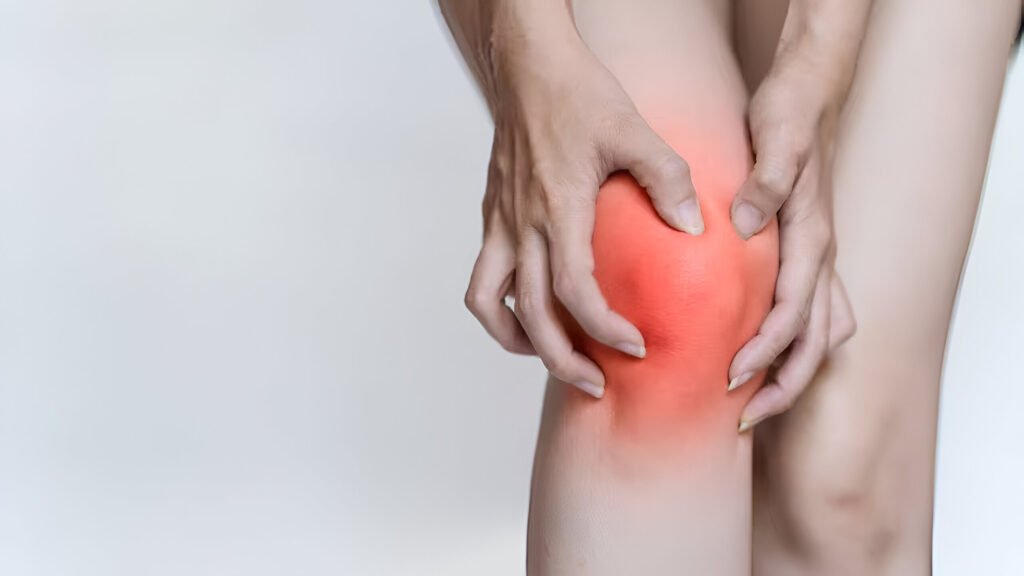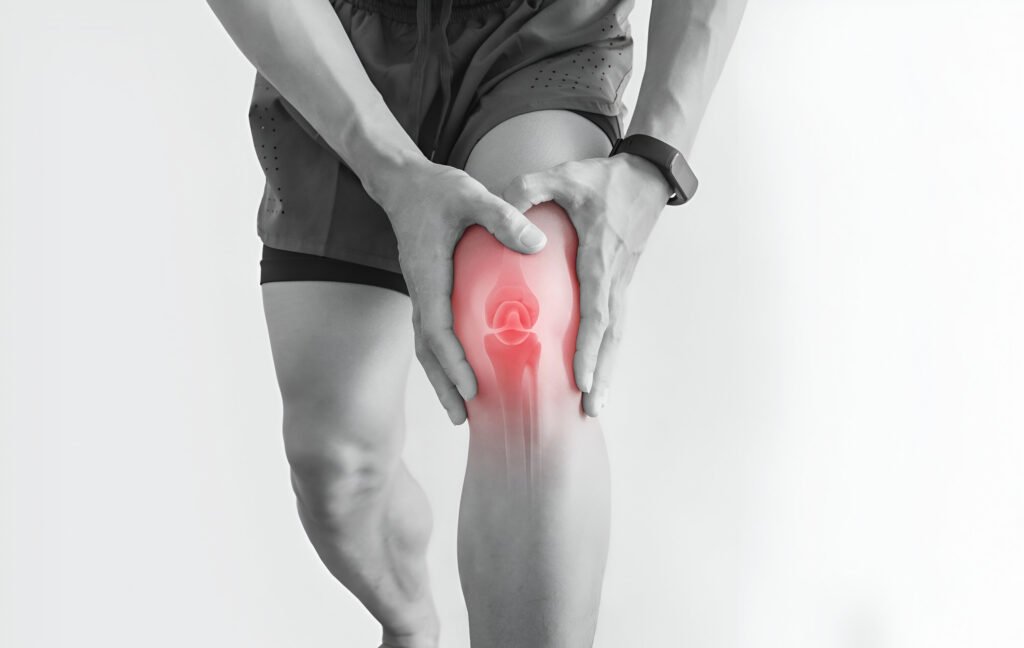
Most people tend to think that joint pain is experienced by older people and on the contrary, it is now being reported in adults aged 20 – 30 too. Early on set arthritis is becoming more frequent and is commonly overlooked. It is important to pay attention to its symptoms for proper action.
Learn More About Early-Stage Arthritis
Before we dive straight into how we can help with early stage arthritis, let’s focus on the anatomy behind this disease. Joint Pain is a broad category but to narrow it down, arthritis is the umbrella term for over 100 types of diseases that involve swelling, inflammation as well as pain in or around joints. Other common types of arthritis such as osteoarthritis (OA) and rheumatoid arthritis (RA) do have their onset in older age brackets, but that’s not to say they don’t show up in younger adults too. To put it in perspective, OA is the gradual deterioration of joint cartilage resulting in pain along with stiffness, while RA is an autoimmune disease where the body is attacking the body’s joints.
How Young Adults Develop Joint Pain
Some younger populations are affected by joint pain alongside early arthritis due to the following reasons:
Prior Joint Trauma: Previous injuries such as torn ligaments as well as tearing of cartilage can increase a patient’s risk of developing arthritis.
Excessive Repetitive Motion: Tasks, work-related or not, that entail repetitive movement of a joint are likely to be a cause of degeneration.
Obesity and Joint Pain: Added weight places more strain on joints especially hips and knees, resulting in faster cartilage loss.
Family history of arthritis predisposition: Genetic predisposition in the form of a family record of joint arthritis might influence the chances of getting arthritis.
Autoimmune Diseases: Joint inflammations and subsequent damage may occur due to young adulthood seropositive rheumatoid arthritis.
Tracking the first signs of arthritis disease
Deterioration of joints can be minimized if arthritis is detected in its early stages. Some symptoms that might indicate this are:
Joint Pain: Pain which is usually associated alongside various movements or even simply bearing weight over the joint.
Joint stiffness: Most apparent after waking up or on breaking long stretches of inactivity.

Joints might appear or feel hot and tender to the touch: Not uncommon for joints to be red and inflamed.
Reduced ability to move: Obstruction in the full range of joint movement is perhaps the biggest indicator.
Unexplained lethargy or fatigue: Accompanying symptoms of a condition like inflammatory arthritis are extreme tiredness.
Importance of Early Diagnosis and Management
If neglected, early indicators may result in permanent damage to joints. It is important to consider a health professional for assessment. Clinical methods like X-Ray, MRI, and blood work can identify arthritis and its subtypes. Early actions usually incorporate physical therapy, medicines, and behavioral changes to mitigate symptoms and manage the disease’s progression.
Preventive and Lifestyle Changes
In order to help with early stage arthritis or simply for prevention:
Keep Healthy Body Weight: Eases pressure on overloaded joints.
Regular Exercises: Partake in swimming or cycling to alleviate stress on the joints and strengthen the surrounding muscles.
Balanced Diet: Nutritious diet containing anti-inflammation components like omega-3 oils and green vegetables.
Abstain from smoking: Smoking can aggravate the symptoms as well as worsen the disease.
Joint safeguarding: Use proper techniques during performing any activity which can lead to wounds.
Conclusion
Arthritis for patients in their 20s or early 30s is often neglected. However, timely intervention and better management alleviate associated pain and improve life quality.











